23rd Feb 2023
Unless we wish to do away with vintage differences altogether and have a uniform “product” year in and year out, we should relish the cool, classic, transparent vintage that is 2018. It is a vintage that, while approachable when young, may yet surprise us all by its ability to age.
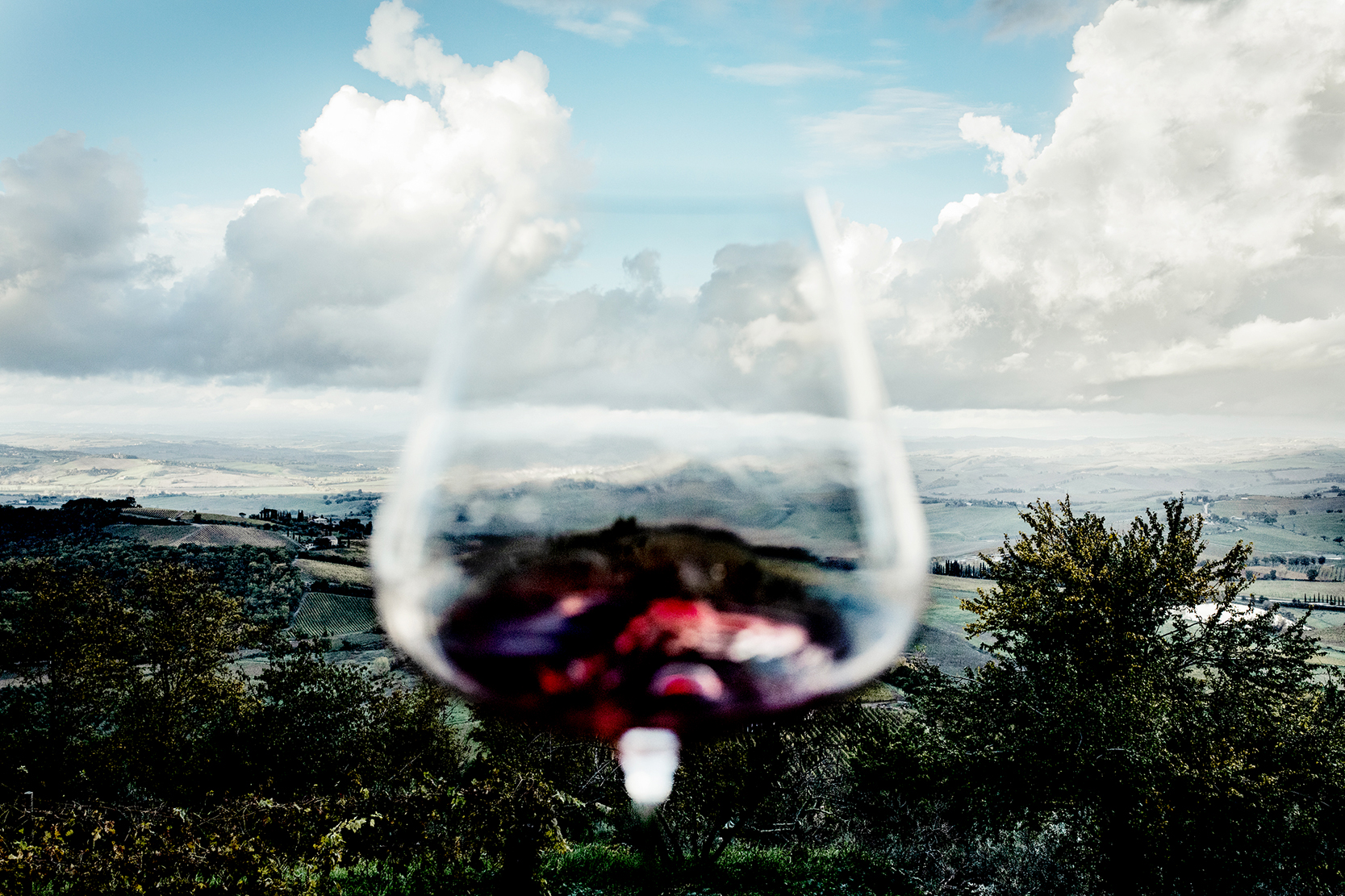
Return of the Cool Classic
One of Italy’s longest-lived, most famous, and most collectable wines, Brunello di Montalcino is unique in that it must by law be 100% Sangiovese. This is true for both Brunello and its earlier-released, fruitier counterpart, Rosso di Montalcino. These wines must come from Sangiovese grown in the sub-zones and vineyards around the medieval hilltop town of Montalcino in southern Tuscany. Brunello di Montalcino must be aged for a minimum of four years before release, including at least two years in oak; it must also have a minimum of 4 months in bottle. Brunello di Montalcino Riserva must be aged for a minimum of 5 years, longer than any other Italian wine, with a minimum of two years in barrel and six months in bottle.
This long ageing has been both a blessing and a curse for producers.
It has sometimes led to excessively hard, dry, tannic wines without much pleasure for the first 15 years of their life, but on the other hand, some of the best of these wines have a great capacity for aging. Last November, at the Benvenuto Brunello event, I tasted a 1968 Col D’Orcia Brunello di Montalcino Riserva that was still so fresh and lively it seemed to be just coming into its own! As far as hard, tannic wines are concerned, things have been changing in recent years, with the trend being to produce fewer powerfully extracted wines; instead, producers are making more approachable wines without compromising the Brunello identity. There has also been more of a focus on single vineyard sites.
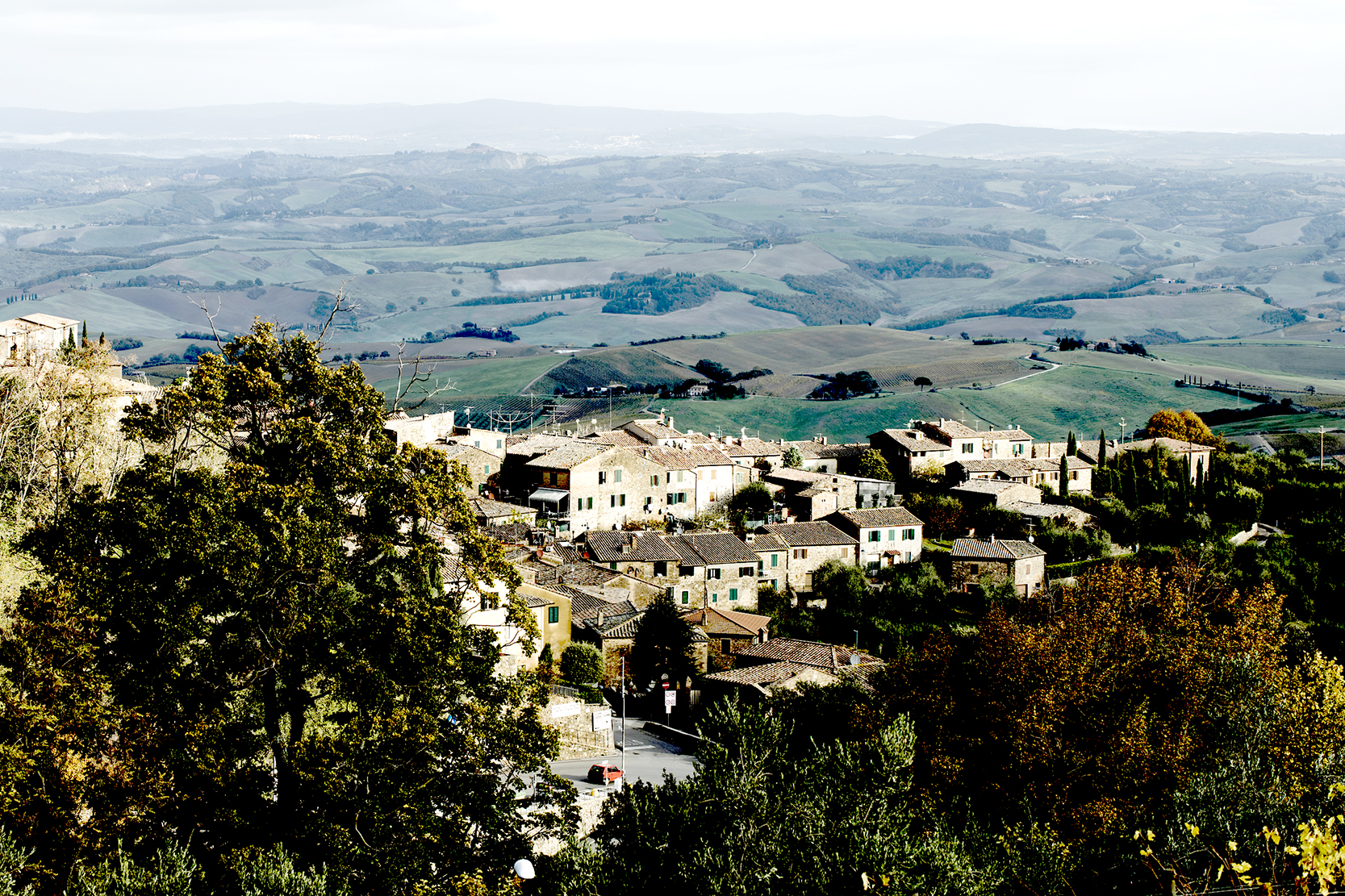
What is striking about Brunello di Montalcino is that for a wine made from a single grape variety and from a single region, there are some dramatically different styles. The sub-zone, the altitude, and the local vineyard climate all contribute and play their part in this, but even so, there are so many exceptions to the rules that I feel it is the hand of the producer that is often most important. One style of Brunello is firm and quite angular when young, with high acidity and low ph. These I would call “classic traditional.” Another style, “modern traditional,” is densely tannic and sometimes heavily oaked, and the wines can feel a little over-extracted and forced when young. This is often, but with some notable exceptions, a style I associate with the hotter, flatter southwestern slopes around Sant’Angelo in Colle, but there are also producers in the cooler, far north zones of the appellation who go in for a powerful, oaky style. Then there is the deeply colored, more subtly oaked, and fruit-forward style. Finally, there is a style that is becoming a little more widespread, which results in lighter ruby-colored wines, with a silkiness, weight and texture much more akin to Burgundy but with wild cherry and herb aromas and flavors and firm, savory tannins that are very much pure Sangiovese.
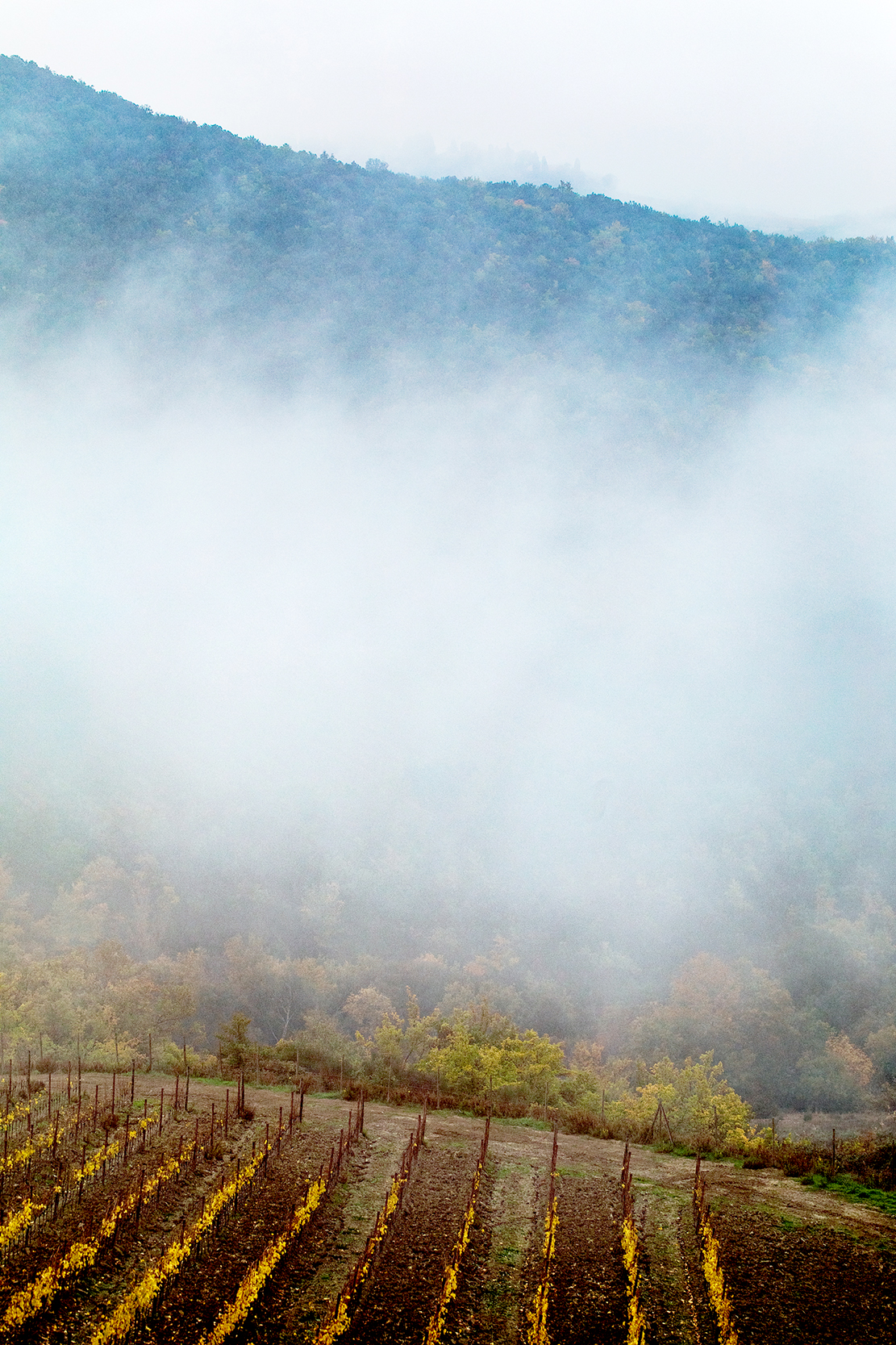
Superimposed upon the influences of the sub-zones, the winemaking and viticulture are, of course, the imprint of the vintage. 2018 was almost the opposite of the 2017 vintage, which was hot and dry, whereas 2018 was cool and wet, at least in the spring and for the first part of the year. In and around Montalcino, they continued to have a relatively cool August, but this was no bad thing. It meant the vine could continue ripening throughout the season without having periods of shut-down due to excessive heat, as happened with 2017. One positive result of this continual ripening in August is better quality tannins, providing that you then choose to harvest at the right time. The quantity of tannins may be less than in 2017, but the texture and quality of the tannins in 2018 are often riper and more harmonious.
The wines of 2018 move flowingly across the palate rather than hitting a little dry fist of tannins which happens with many 2017s.
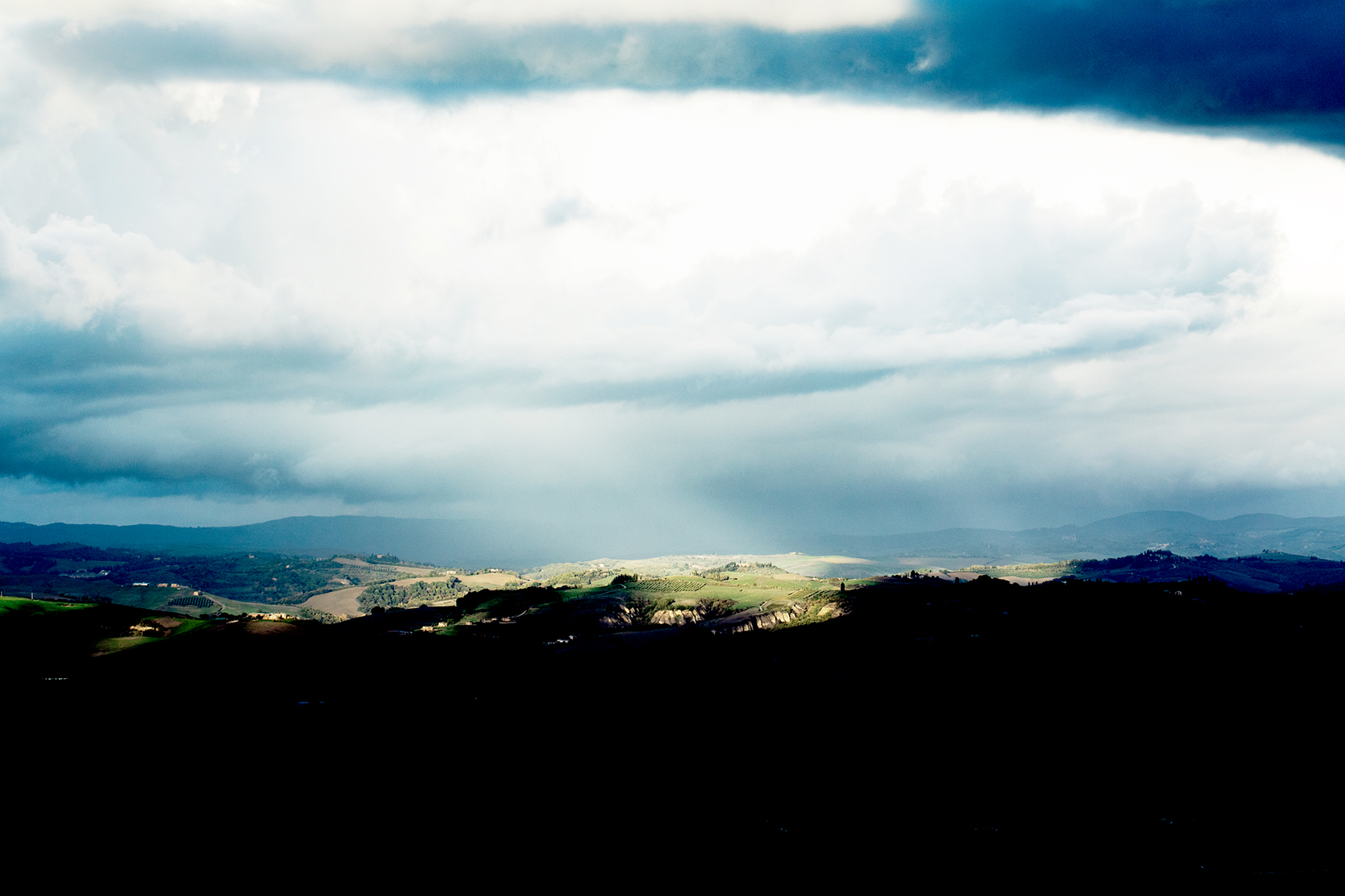
The other really important factor in 2018 was vineyard location and the individual vineyard climate. Many of my highest scoring wines in 2018 have been the special cru or single vineyard wines, producing some really beautiful, vibrant Brunellos.
While many wine critics are saying that 2018 is not a vintage for long-term aging, a few leading producers think otherwise and have strong arguments to back it up. Count Francesco Marone Cinzano, owner of Col d’Orcia, told me, “I like the 2018. It will age better than 2017 and 2015. It is lighter than 2016 but not shorter in lifespan.” This is because, of course, the acidity is good, and the pH is relatively low. For many producers, it is not the quantity of tannins a wine has that determines the ability of a wine to age. After all, tannins polymerize, becoming softer, and eventually sink to the bottom of a wine to form a sediment, whereas acidity remains stable. He went on to say, “the vintages in the ’70s and ’80s did not have density of tannins and aged beautifully. … acidity is what keeps the wines going over time and does not evolve”. Giampiero Bertolini agrees, he believes the 2018s will age well, and they remind him of the Biondi Santi Riserva wines from the 1970s, like the Biondi Santi 1975 Brunello Riserva, which is still going strong. Significantly Biondi Santi did not make a Brunello Riserva in 2017, but they have made one in 2018, albeit in smaller quantity. Andrea Costanti, owner of Conti Costanti, also describes the 2018 wines as “elegant” and “a return to a more classic vintage.”
"I like the 2018. It will age better than 2017 and 2015. It is lighter than 2016 but not shorter in lifespan."
- Count Francesco Marone Cinzano
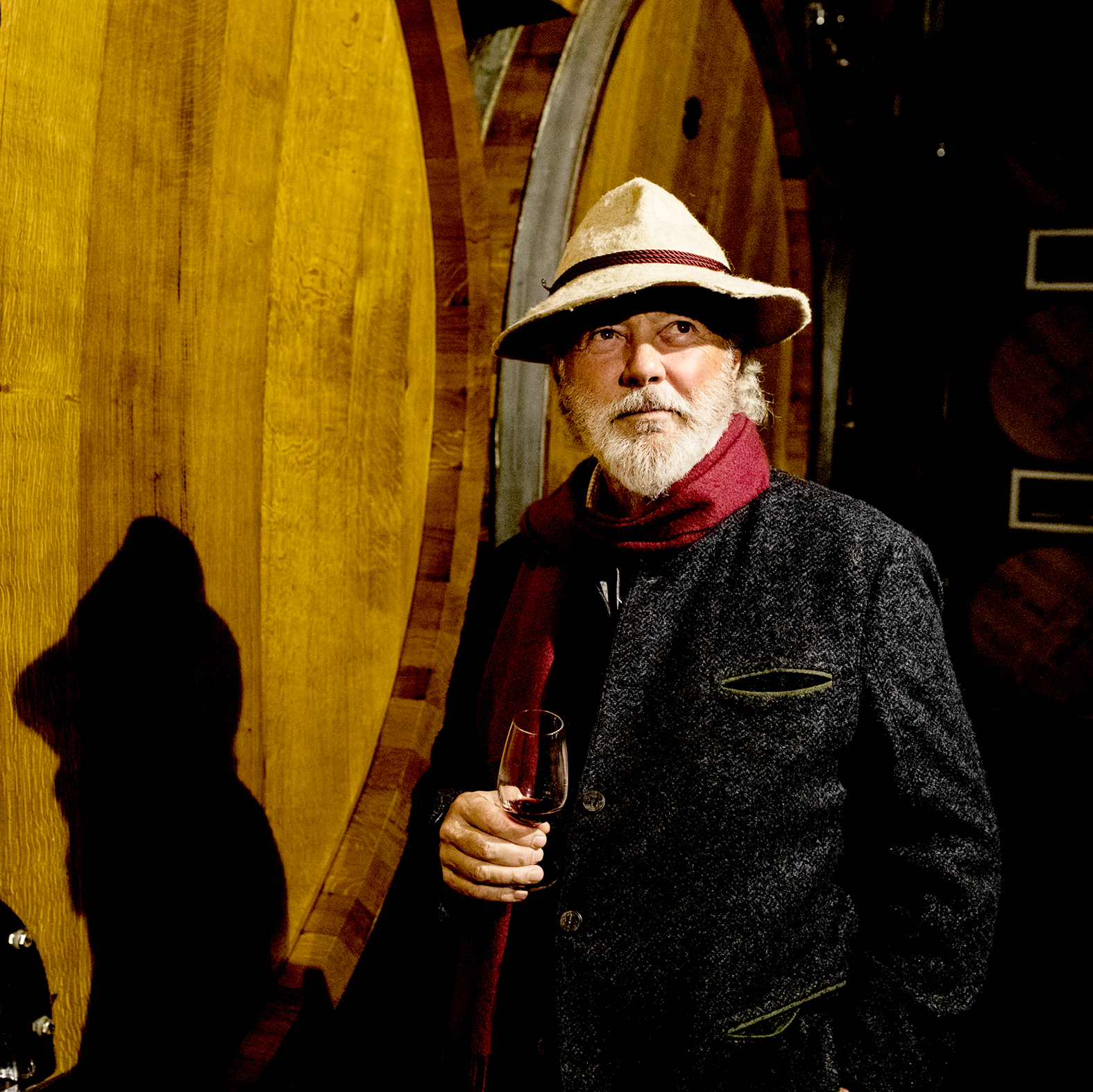
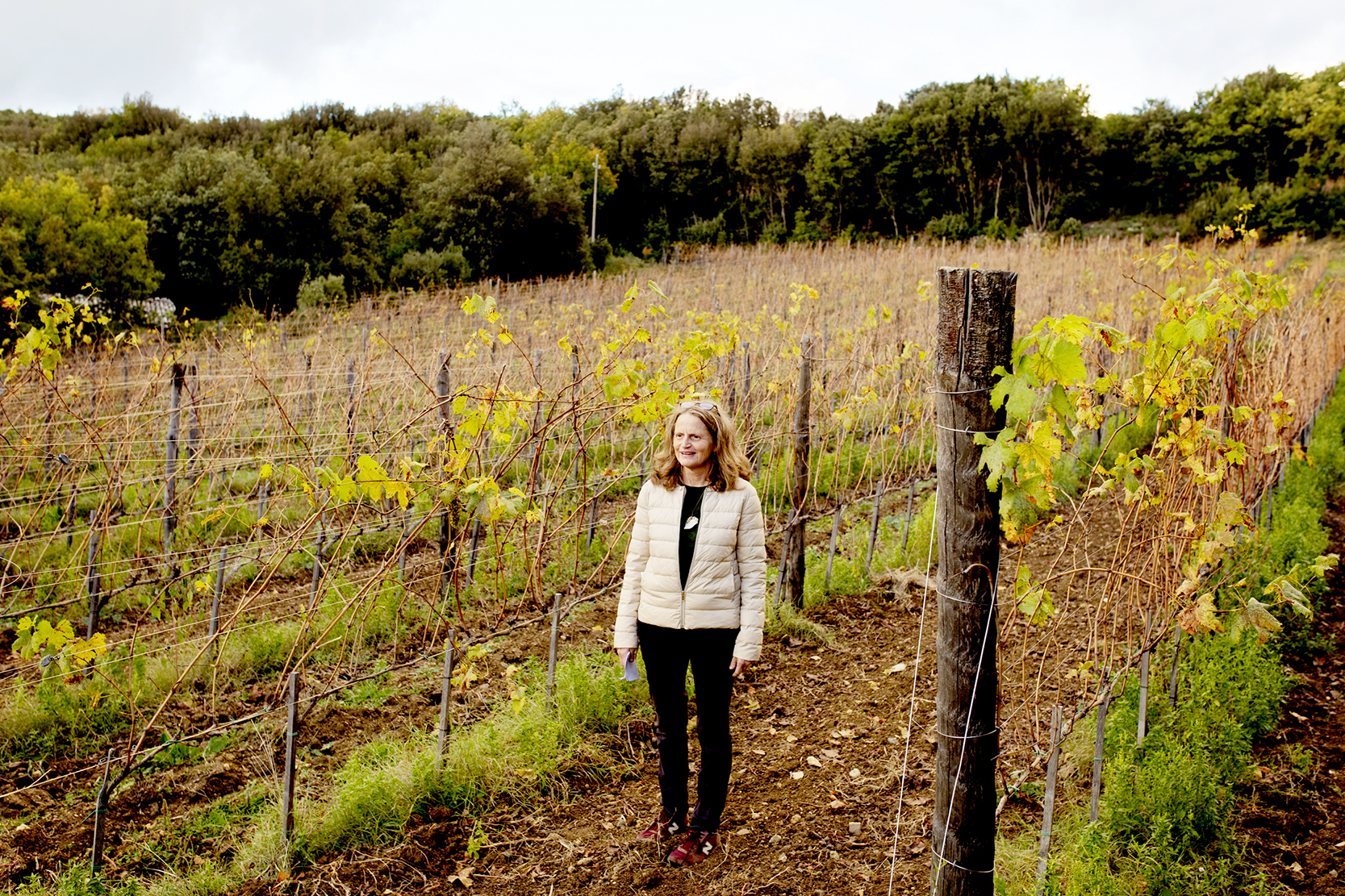
"For once, we sense Sangiovese grapes rather than just blackcurrant and woody undergrowth!"
- Katia Nussbaum
Of recent vintages, 2016 was incredible, but a handful of the best 2018s are as good as some of the 2016s. They are just a very different style. Tasting Alessandro Mori’s single vineyard Brunello Il Marroneto Madonna delle Grazie 2018 side by side with their 2016 last November I liked the 2018 the most in this moment because the tannins were more harmonious. Both wines are stunning, both can age. I think the 2018 will age gracefully, even though the 2016 has more power. Many 2018s are more slender in the middle, but I would not rule out the possibility of them being able to age.
2018s can also be more detailed and vibrant in their aromas and flavors. Elisa Sesti, co-director at Tenuta di Sesti calls the 2018 “an elegant and intriguing vintage.” These wines have the ability to express clearly Sangiovese and individual terroir. ‘Ah 2018’, declares Katia Nussbaum of San Polino winery, ‘… the wines obviously come from a cooler year. Fruity yet lean, which enables a particular focus. They taste and smell of terroir, of their soil or vineyard ecology rather than heat.” In describing their flagship wine, Helicrysum, she says, “The crystal clarity reaches us through its freshness, buoyed by a lean structural scaffolding…it smells of sandstone, galestro and grape. For once, we sense Sangiovese grapes rather than just blackcurrant and woody undergrowth!”
So, is Brunello 2018 a vintage worth buying? I would say yes, as long as you choose carefully.
The wines may in general, be less concentrated than in recent vintages like 2015, 2016, and 2017, but the best of the best 2018s have a beautiful range of aromas and a better quality of tannins. They have great vivacity, luminosity, and harmony. If anything, 2018 shows the differences between the best producers, who are getting better and better at managing vintage variation and are moving further away from the pack. 2018 represents the return of the cool, classic vintage, reminiscent of some of the long-lived vintages in the 1970s. Unless we wish to do away with vintage differences altogether and have a uniform “product” year in and year out, we should relish the cool, classic, transparent vintage that is 2018. It is a vintage that, while approachable when young, may yet surprise us all by its ability to age.
–
Article & Reviews by Susan Hulme MW
Photos by Svante Örnberg
See more work from Svante at svanteornberg.se by clicking here!

PRODUCERS IN THIS ARTICLE
> Show all wines sorted by scoreMore articles
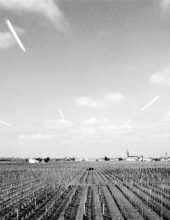
2021 Bordeaux in Bottle and A Modest Proposal
24th Apr 2024
599 tasting notes
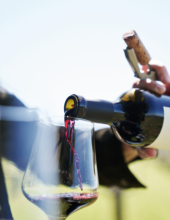
Pilcrow’s New Releases
18th Apr 2024
7 tasting notes
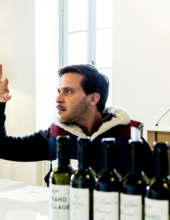
Bordeaux 2023 Primeurs Photo Essay
18th Apr 2024
0 tasting notes
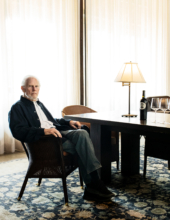
Harlan Estate, BOND, Promontory 2021 and 2011
11th Apr 2024
14 tasting notes
Show all articles